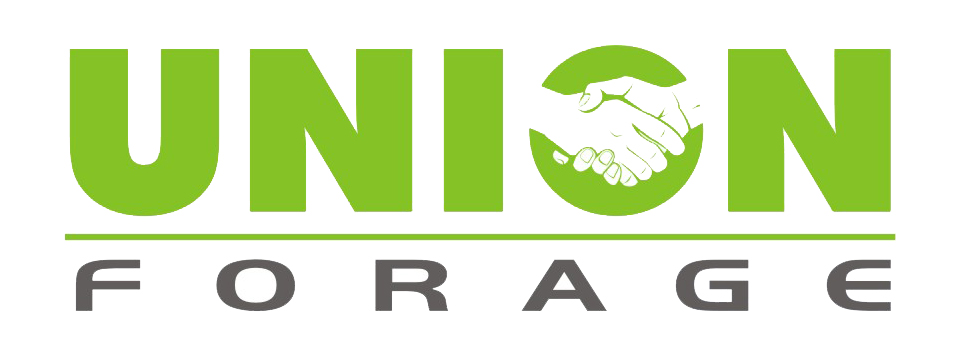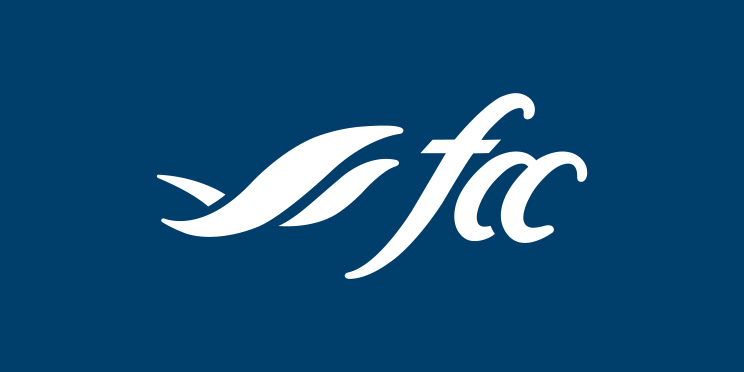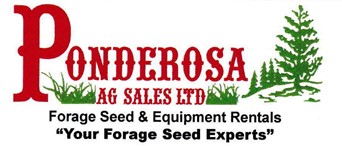After 10 years of extremely narrow or negative margins, the outlook for Canada’s cow-calf sector has become brighter. Growing market access to an increasing global demand for beef means that feeders and packers are competing aggressively for the calves and fat cattle produced from Canada’s smaller cow herd. Grain prices are also high, so grazers are competing with the grain sector for land. High feed grain prices encourage longer backgrounding and grazing periods prior to feedlot finishing. All of these factors point to the need for scientifically validated tools to increase forage productivity per acre.
At one time, Canada’s forage research was almost solely funded by government. The beef industry focused on animal health, productivity, beef quality and food safety research, and didn’t notice that retiring government forage researchers were not being replaced. This led to a drastic loss in Canada’s forage production and breeding research expertise. Provincial forage councils recognized this problem, but had no check-off system to raise forage research funds.
Canada’s beef industry eventually realized that more productive forages would require a greater check-off investment in forage research. Between 2001 and 2008, the Beef Cattle Research Council (BCRC) allocated 10 per cent of its research budget towards forage and grasslands research. Since 2009, this allocation has doubled to 20 per cent.
To read the complete BCRC article, click here.
May 29, 2012
















